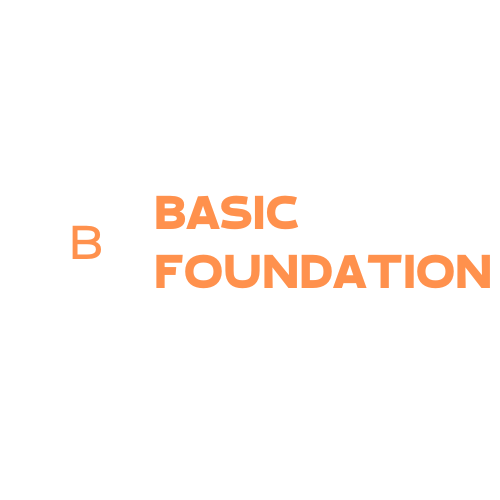Decimal Number System (Base-10):
- The most familiar number system used worldwide.
- Uses 10 digits: 0, 1, 2, 3, 4, 5, 6, 7, 8, 9.
- Each digit’s place value increases by powers of 10 from right to left.
Binary Number System (Base-2):
- Used in computers and digital electronics.
- Uses 2 digits: 0 and 1.
- Each digit’s place value increases by powers of 2 from right to left.
Octal Number System (Base-8):
- Less common now but historically used in computing.
- Uses 8 digits: 0, 1, 2, 3, 4, 5, 6, 7.
- Each digit’s place value increases by powers of 8 from right to left.
Hexadecimal Number System (Base-16):
- Also used in computing and programming.
- Uses 16 digits: 0-9 and A-F (where A=10, B=11, …, F=15).
- Each digit’s place value increases by powers of 16 from right to left.
Other Number Systems:
- Ternary (Base-3): Uses 3 digits.
- Quaternary (Base-4): Uses 4 digits.
- Quinary (Base-5): Uses 5 digits.
- These systems have applications in specialized fields but are less commonly used compared to decimal, binary, and hexadecimal systems.
Conversion between Number Systems:
- Methods to convert numbers from one base to another, such as decimal to binary or hexadecimal to decimal.
- Understanding place values and the positional notation system is crucial for accurate conversion.
Applications:
- Used in digital electronics, computing, programming, and cryptography.
- Different number systems offer advantages in terms of compactness, efficiency, and ease of representation for specific applications.

